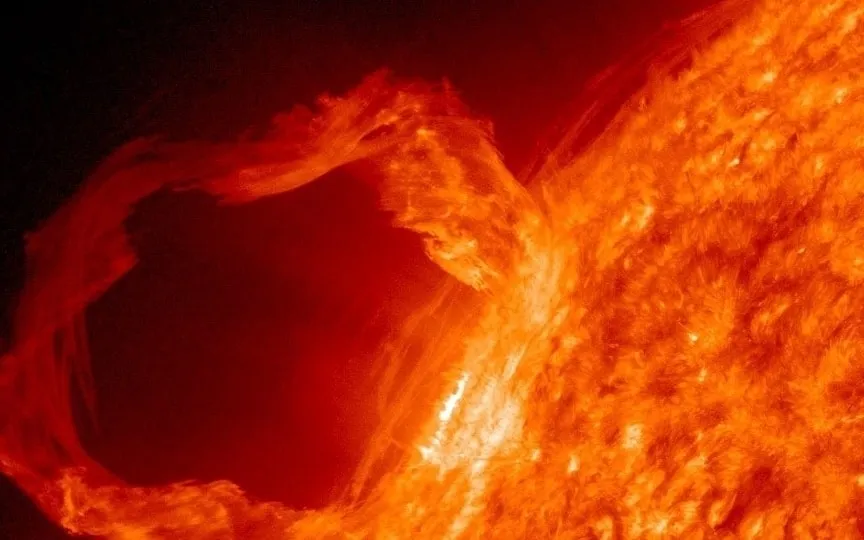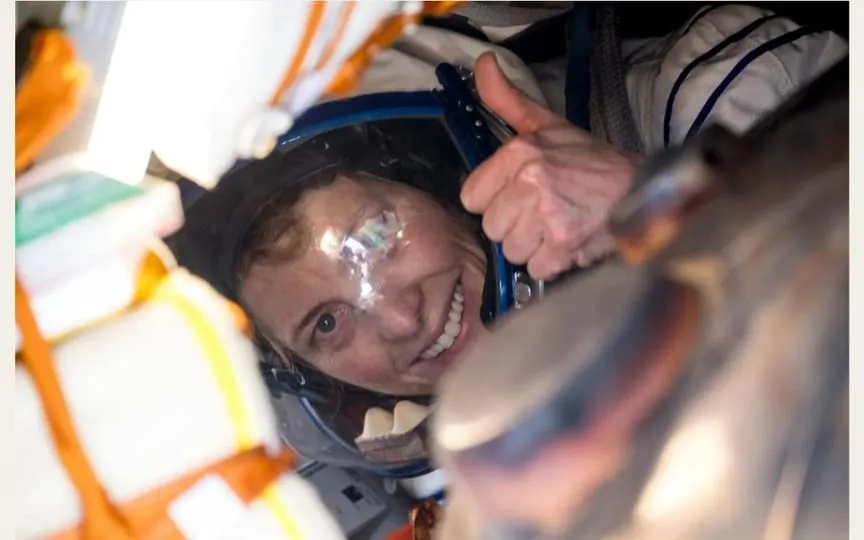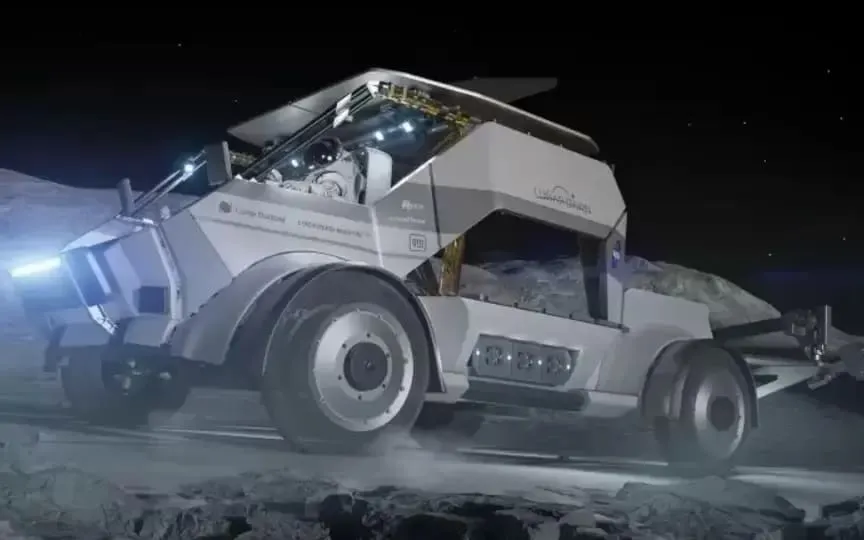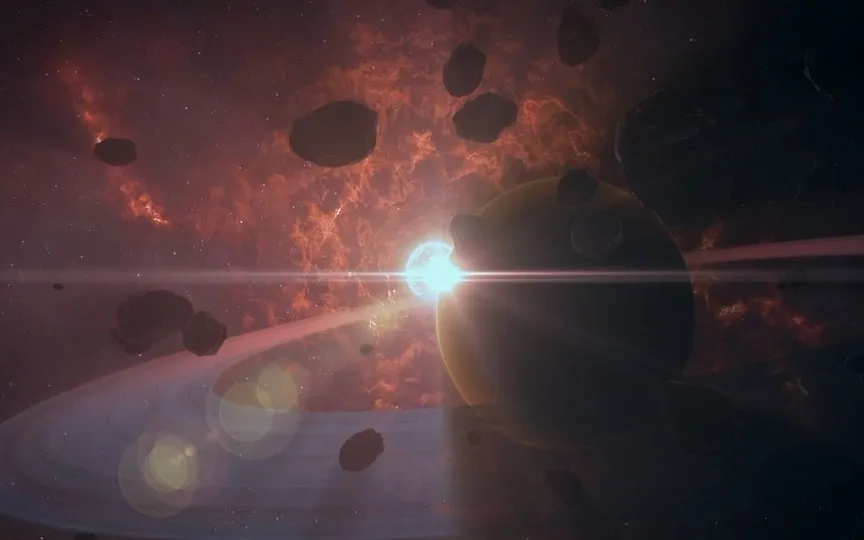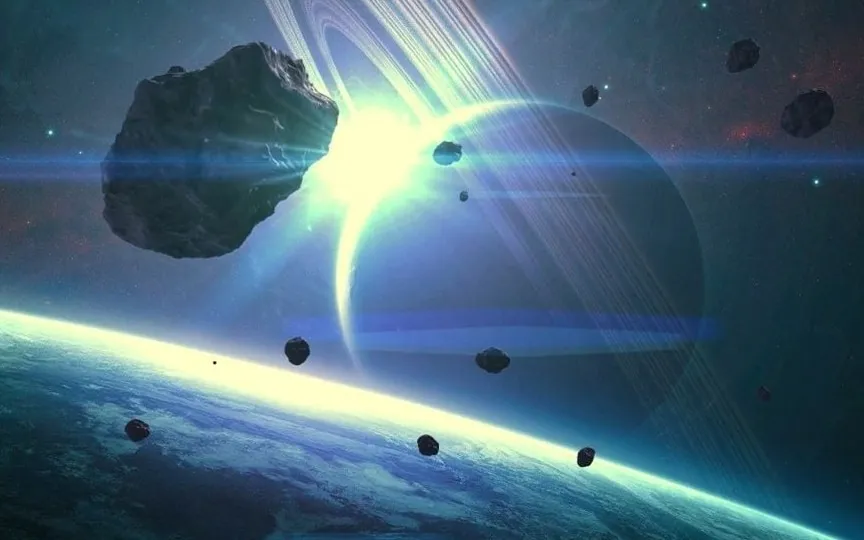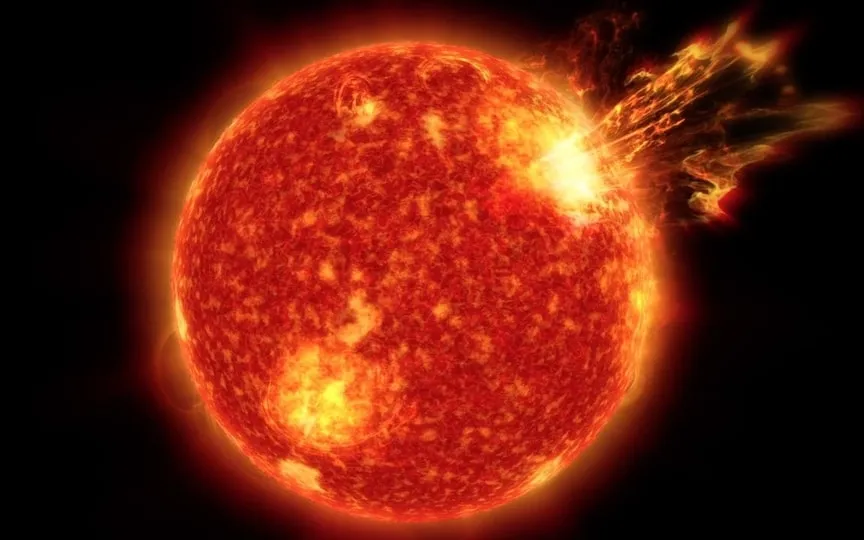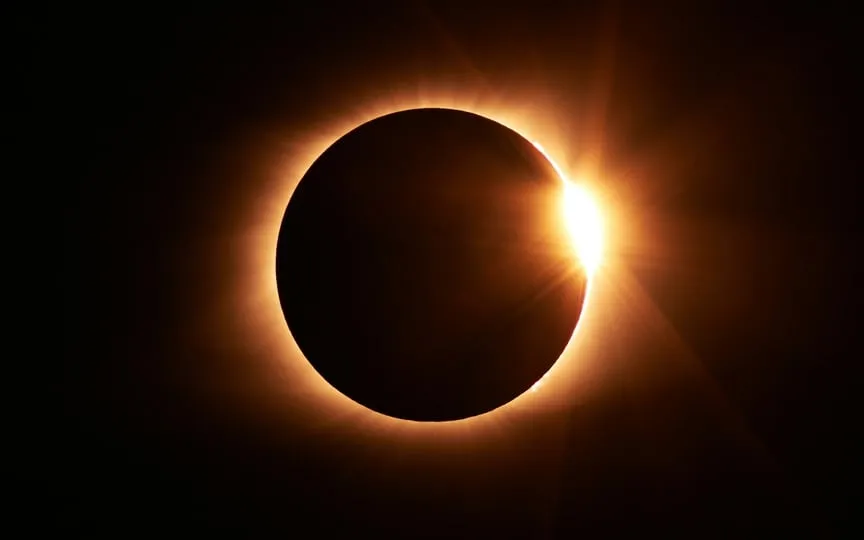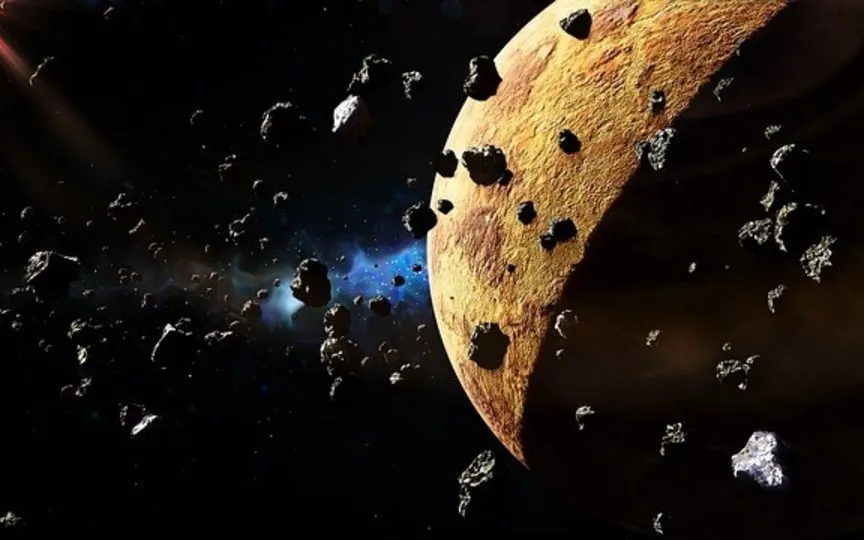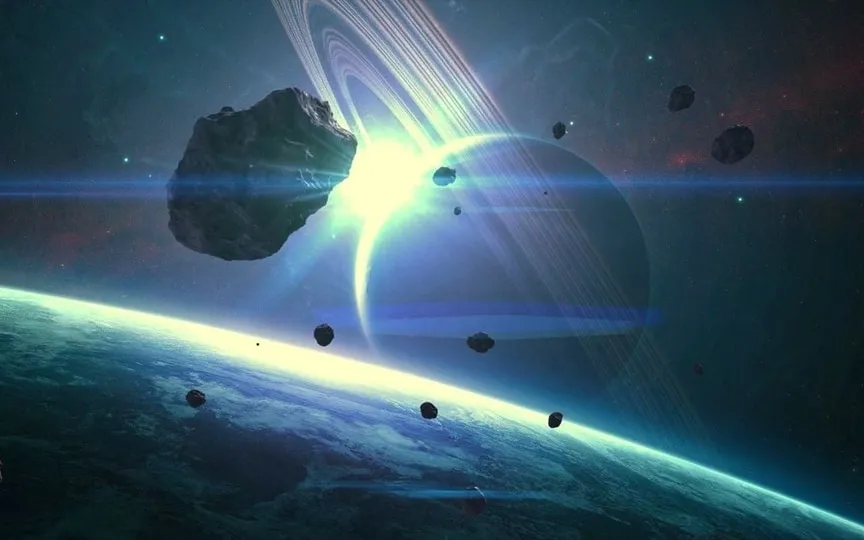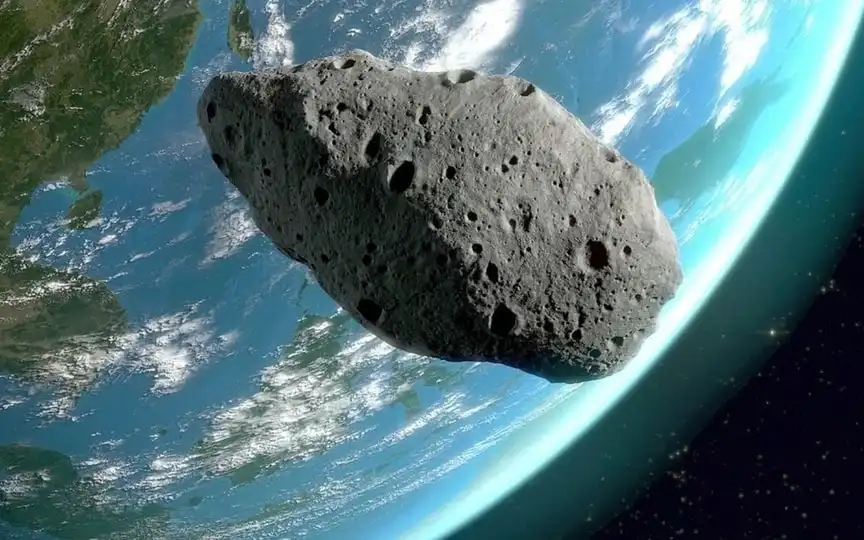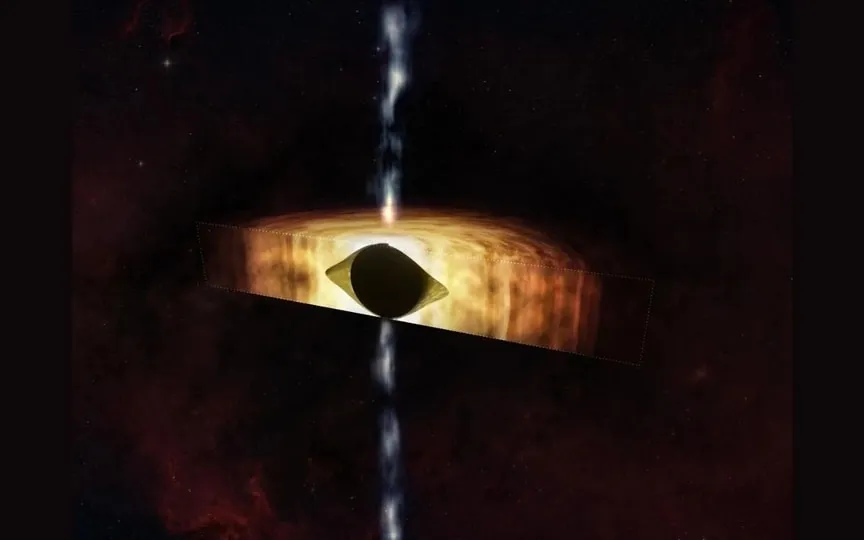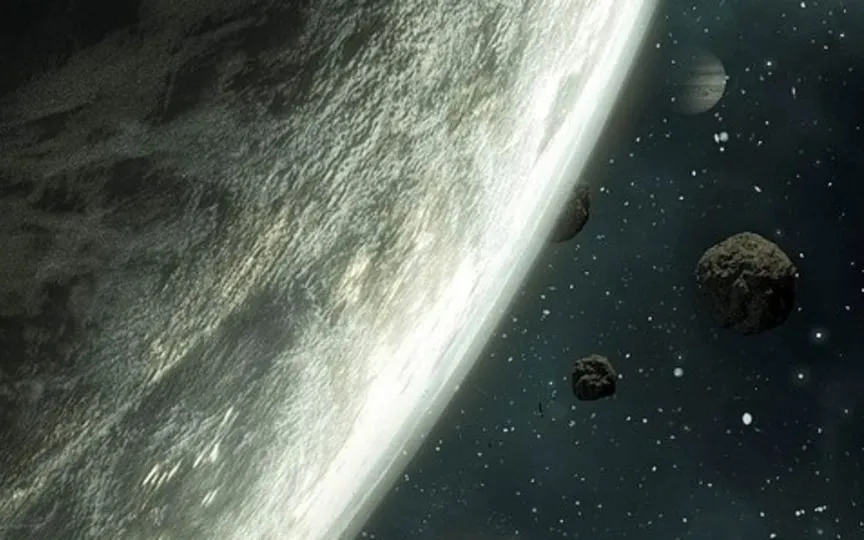Details revealed on NASA’s discovery of potential evidence of ancient life in Mars rock samples
The Perseverance rover from NASA has uncovered a significant finding on Mars, identifying a rock with interesting chemical markers and formations that may suggest the presence of ancient microbial life. Although this does not conclusively prove the existence of past life on Mars, the discovery has sparked enthusiasm among researchers investigating the planet. Discovery details On July 21, the Perseverance rover collected a sample of the arrowhead-shaped rock of the Neretva Vallis river bed, formed long ago when water flowed into the Jezero crater. The scientific team working on Perseverance…
Read More





